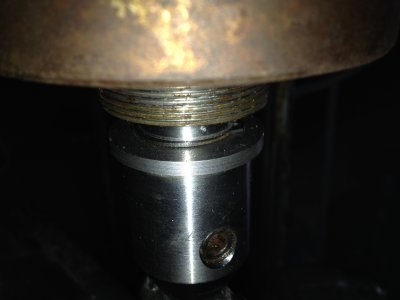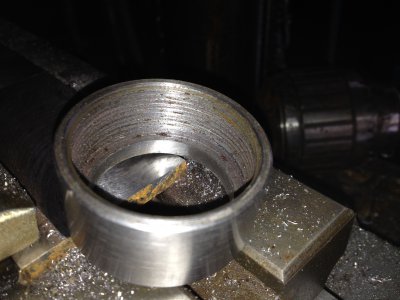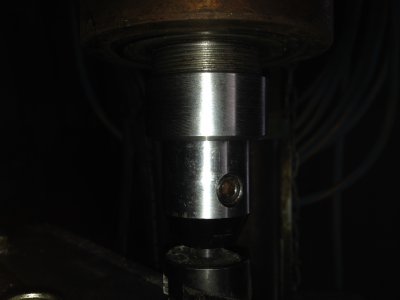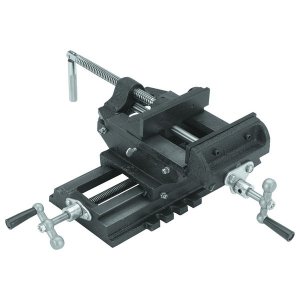- Joined
- Sep 28, 2013
- Messages
- 4,302
thanks for the detailed reply George! I gave it a go getting the chuck off to see how the knurled ring could keep an adapter in place, but it wasn't having any of it so for now it's staying where it is. I've found some inch-metric bearings of the right size (recommended by another WT 15in DP owner) for ~$20 inc. shipping for a pair, which gives me some comfort at least. Replacing them doesn't seem to involved either, from the rebuild threads I've seen.
I'll mostly be using this for making LED lights for mountain biking, with the idea that I would do most of the cutting on my mini lathe and then finish off some bits on the drill press. Basically, imagine two of these heatsinks stuck side by side:
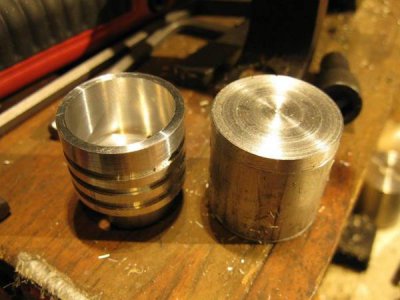
then figure out on milling the space between them, squaring off a driver pocket and joining the grooves on the sides so they go over the top. I can bore the holes out on my lathe and do the outside grooves, but some things I just can't do with a lathe. All in all, pretty light stuff and using small end mills. Essentially a DIY Lupine Piko
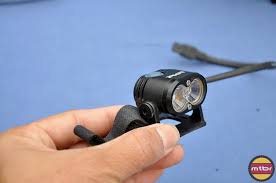
Thanks for the tip on WD40, I use that a lot on the lathe and it makes a bit difference (even an audible one). I really don't want to hold the end mills in the chuck as it sounds like an all round bad idea for a bunch of reasons, which is why I'd like to make an adapter to fit over the JT taper and be held in place with the lock ring. Then I can hold the end mills in with a set screw, like you do on proper end mill holders. The end mills I have now are:
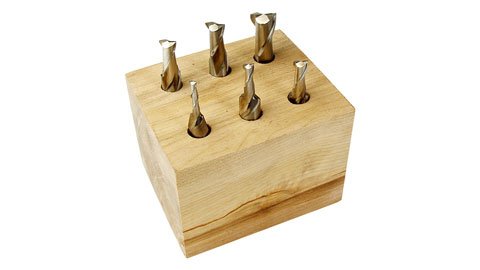
but I'll hopefully get getting some smaller ones and making a small T-slot cutter.
Hopefully the need to do this won't last long and I really am taking all the advice (including the "don't do it" advice) on board!
I'll mostly be using this for making LED lights for mountain biking, with the idea that I would do most of the cutting on my mini lathe and then finish off some bits on the drill press. Basically, imagine two of these heatsinks stuck side by side:

then figure out on milling the space between them, squaring off a driver pocket and joining the grooves on the sides so they go over the top. I can bore the holes out on my lathe and do the outside grooves, but some things I just can't do with a lathe. All in all, pretty light stuff and using small end mills. Essentially a DIY Lupine Piko

Thanks for the tip on WD40, I use that a lot on the lathe and it makes a bit difference (even an audible one). I really don't want to hold the end mills in the chuck as it sounds like an all round bad idea for a bunch of reasons, which is why I'd like to make an adapter to fit over the JT taper and be held in place with the lock ring. Then I can hold the end mills in with a set screw, like you do on proper end mill holders. The end mills I have now are:

but I'll hopefully get getting some smaller ones and making a small T-slot cutter.
Hopefully the need to do this won't last long and I really am taking all the advice (including the "don't do it" advice) on board!
Last edited by a moderator:


